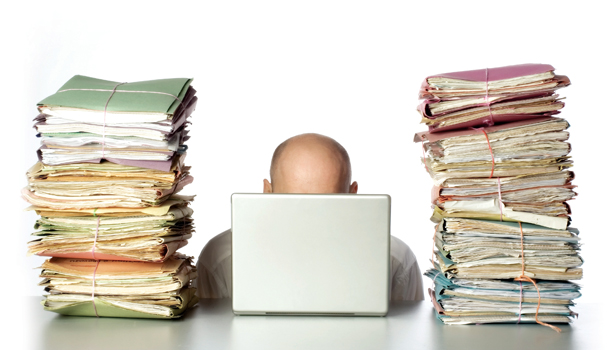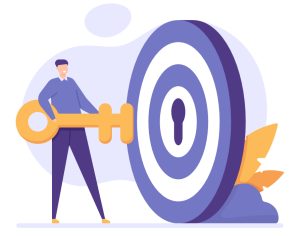For decades, businesses have regarded multitasking as the one of the building blocks of productivity. But increasing attention is being paid to its downsides. Research conducted by the Michigan State University has found that trying to balance too many tasks can contribute to social anxiety and depression and designer Paolo Cardini recently sang the praises of ‘monotasking’ in his TED talk.
“I think the power of focus is so crucial to achieving quality,” says the founder and managing director of houseshare site Capital Living, Adam Goff. “It would be hard for anyone to deny that.” The majority of start-ups, by necessity, are reduced to firefighting in order to ensure everything is completed. In its early days Capital Living was certainly no exception to this, as it was facing limited staffing and huge customer demand. “We were definitely in a firefighting mode,” he says. “But what we’ve worked very hard on since then is creating an organised flow.”
Bringing order to the chaos of the modern workplace may not seem like the easiest thing to achieve. You can never totally eliminate all distractions – instead you need to accept that they are an inevitable part of the workplace. “You are going to be distracted,” Goff remarks. “No man is an island.” He feels part of the problem is that often people focus on the wrong goals. Productivity in the modern workplace is associated with clearing all your emails and reducing the amount of paper in your in-tray – something which is inevitably going to very quickly become a losing battle as anyone can tell you that the next batch of emails will be just around the corner. “It’s quality not quantity,” he says. “Don’t panic whilst you’re doing a task that the workload builds up. Focus on one thing at a time.”
A point that Shaz Smilansky, the co-founder and creative director of experiential marketing company Blazinstar, agrees with. “Where people often go wrong is they believe you have a certain number of things and it’s about getting everything done.” Our idea of multitasking is so prevalent that it can often be tempting to just throw in every task at one end and attempt to churn through everything, regardless of whether that is the most productive way to achieve our aims. “Instead you have to focus on setting priorities and enabling you and your team to work smarter and more productively.”
Part of this means accepting that you don’t work at consistent productivity throughout the day. Something Goff relies on here is the Pareto principle, which dictates that usually 80% of the results of something come from only 20% of the input. “It’s trying to recognise in yourself first where your 80 / 20 comes from,” he says. “There’s a lot of unfocused time that doesn’t amount to much – the quality comes from a very small amount of your time.”

To this end he believes the best way to prevent organised tasking from bleeding into reactive firefighting is to actively plan for both focused monotasking and more open multitasking. “We allow ourselves to do organised multitasking at certain times of the day and the week,” he explains. There are many periods during the working week – whether that be dealing with payroll or reviewing their advertising – that require staff to juggle several things and actively planning for these periods can help to differentiate between this multitasking time and more focused work. “They might be multitasking those tasks but it’s regular and they know what multitasking they’re going to have to do.”
Effective planning forms an essential part of task management. Whilst nobody particularly enjoys diarising workloads, there are simple methods you can use to ensure you’re taking into account your most urgent priorities on a day-to-day basis. “The one that I would champion is setting an ‘ABC’ system,” says Smilansky. The highest priority tasks are A tasks; these are the tasks that have the most far-reaching consequences if they are missed, with B and C tasks being of lower and lower priority. “You first plot all of your As into your diary for that day,” she explains. “If you have time left, then you slot things in from the B list.” This easily helps you analyse which tasks are essential and ensure that nothing urgent slips between the cracks.
However, there is one element of office working these days that often refuses to conform to the best laid plans. Emails have become an integral part of work and yet whilst they assist with all manner of daily tasks, they can end up being a real productivity drain. “People spend a huge amount of their time reacting to emails,” Smilansky comments. “Essentially it’s a very unproductive way of working.” It can help to plan in time to deal with emails and not allow them to become a disruption during periods of focused work. As Goff concludes: “You can answer the phone and you can look at your emails at certain points – you just have to build in time when you are allowed to get distracted.” ![]()
Share via:








































